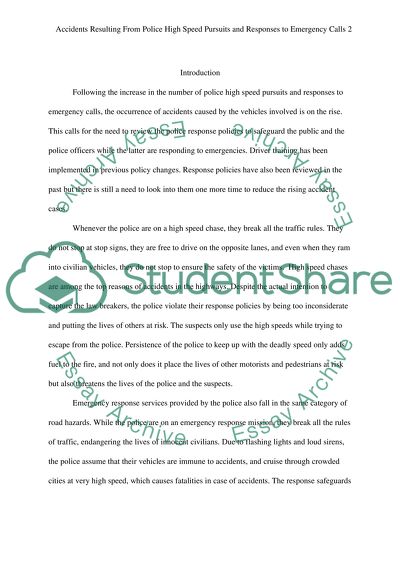Cite this document
(“Accidents Resulting from Police High Speed Pursuits and Responses to Research Paper”, n.d.)
Accidents Resulting from Police High Speed Pursuits and Responses to Research Paper. Retrieved from https://studentshare.org/law/1399807-accidents-resulting-from-police-high-speed
Accidents Resulting from Police High Speed Pursuits and Responses to Research Paper. Retrieved from https://studentshare.org/law/1399807-accidents-resulting-from-police-high-speed
(Accidents Resulting from Police High Speed Pursuits and Responses to Research Paper)
Accidents Resulting from Police High Speed Pursuits and Responses to Research Paper. https://studentshare.org/law/1399807-accidents-resulting-from-police-high-speed.
Accidents Resulting from Police High Speed Pursuits and Responses to Research Paper. https://studentshare.org/law/1399807-accidents-resulting-from-police-high-speed.
“Accidents Resulting from Police High Speed Pursuits and Responses to Research Paper”, n.d. https://studentshare.org/law/1399807-accidents-resulting-from-police-high-speed.


